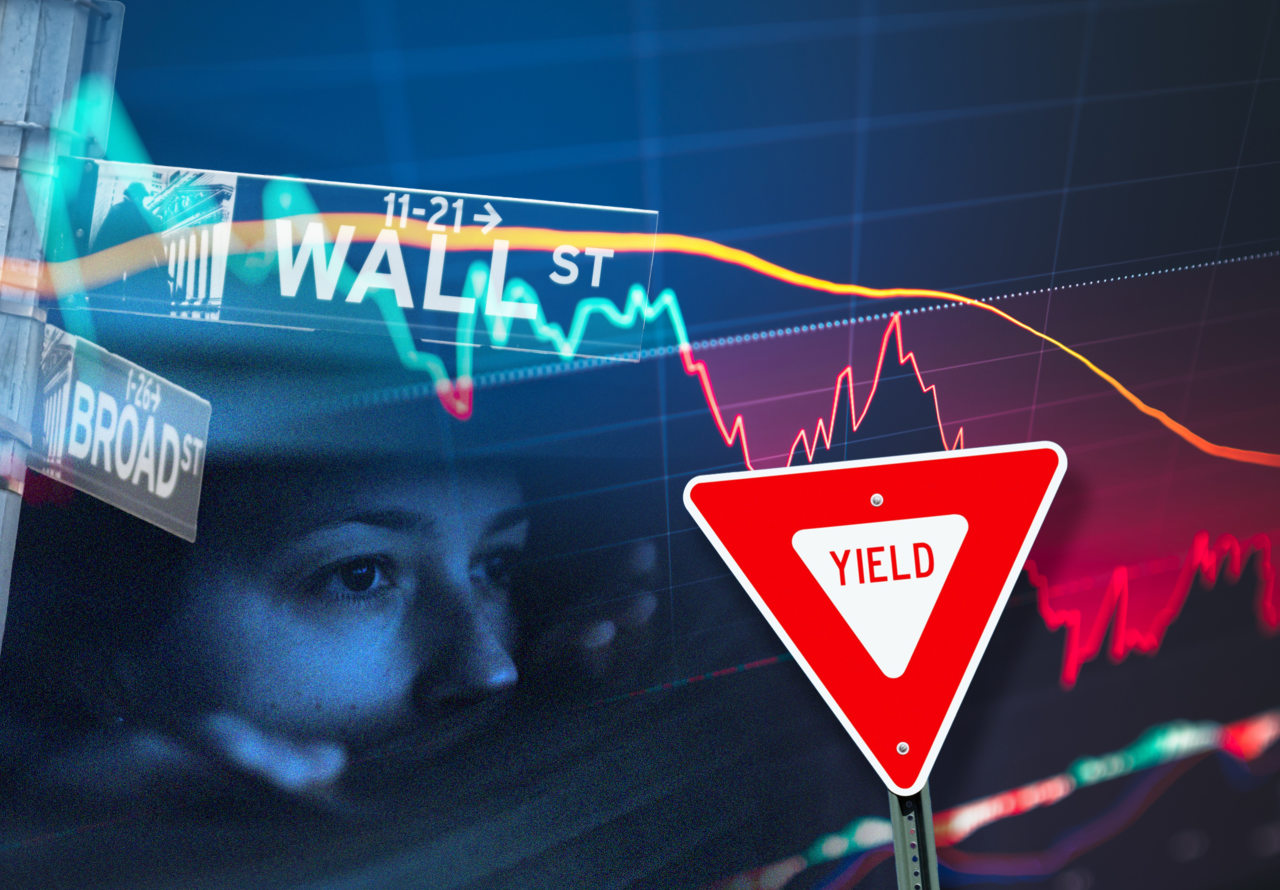Stocks Tumble as Tariffs and Economic Uncertainty Loom, but History Urges Caution Before Panic
August 4, 2025 – U.S. stock markets faced a turbulent week as escalating trade tensions and new tariff policies under President Donald Trump’s second administration rattled investors. The S&P 500 fell 4.2% on Friday, marking its worst daily drop since April 2025, while the Nasdaq Composite slid 5.1%, and the Dow Jones Industrial Average shed 1,400 points, or 3.3%. The sell-off, triggered by a combination of Trump’s latest tariff announcements and a weaker-than-expected July jobs report, has reignited fears of an economic slowdown. Yet, historical data and expert analyses suggest that while the clouds are gathering, it’s too early to hit the panic button.
Tariff Shock and Economic Jitters
On August 1, 2025, President Trump signed an executive order imposing new tariffs on imports from countries including Canada, Brazil, India, and Taiwan, pushing the average U.S. tariff rate to an estimated 18.4%, the highest in over a century. These followed earlier “Liberation Day” tariffs announced on April 2, which had already sent markets into a tailspin, erasing over $6 trillion in U.S. stock market value in two days. The latest duties, coupled with a disappointing jobs report showing slower-than-expected U.S. job growth and a downward revision of June’s figures, fueled recession fears.
Multinational companies with heavy reliance on global supply chains, such as Apple (-6.8%) and Nike (-7.2%), were among the hardest hit. The SPDR S&P Bank ETF and Regional Banking ETF dropped 7% and 8%, respectively, as concerns about reduced consumer spending weighed on financials. Meanwhile, small-cap stocks in the Russell 2000 Index entered bear market territory, down over 5% in a single session.
The tariffs, described as a “financial event” by some analysts, have triggered a self-reinforcing cycle of asset price declines and market volatility. The VIX, a measure of market fear, surged to levels not seen since March 2020, and credit spreads widened as investors fled riskier assets. Economists warn that the tariffs, equivalent to a $1,300 tax increase per U.S. household in 2025, could reduce GDP by up to 8% and wages by 7%, with middle-income households facing a $58,000 lifetime loss.
Historical Context: Tariffs and Market Resilience
Despite the grim outlook, history offers clues that markets may weather this storm. Past tariff episodes, such as the 2002 Bush steel tariffs and Trump’s 2018-2019 trade war with China, saw initial market dips followed by recoveries. The Bush tariffs led to a quick rebound within months, aided by a recovering economy post-dot-com bust. Similarly, the S&P 500 rose 28.8% in 2019 despite trade war volatility, bolstered by Federal Reserve rate cuts.
The Smoot-Hawley Tariff Act of 1930, often blamed for deepening the Great Depression, is a cautionary tale, but its context—pre-existing economic collapse and a 95-month recessionary period—differs from today’s relatively resilient economy. Current data shows inflation at 2.7% in June 2025, unemployment at a historically low 4.1%, and corporate earnings holding steadier than feared, with companies like Netflix and Alphabet beating expectations.
Why Not to Panic—Yet
Analysts from J.P. Morgan and Goldman Sachs urge investors to avoid knee-jerk reactions. Historical data shows that seven of the S&P 500’s ten best trading days in the last two decades occurred within two weeks of its worst, suggesting that market timing is risky. A 90-day tariff pause announced in April 2025 sparked a 9.5% S&P 500 surge—the third-best day since 1940—highlighting markets’ sensitivity to policy shifts.
Sectors like consumer staples (e.g., Coca-Cola, up 2.5% amid the sell-off) and companies with minimal import reliance, such as Netflix and Visa, are seen as potential safe havens. Goldman Sachs estimates that every 5% increase in tariff rates could reduce S&P 500 earnings by 1-2%, but companies with strong pricing power or domestic production may mitigate impacts.
The Road Ahead
While the tariffs pose significant risks—potentially raising core inflation by 0.7% and cutting GDP by 0.4% if sustained—negotiations could temper their impact. Over 75 countries are engaging in trade talks with the U.S., and a potential “Mar-a-Lago Accord” could lower tariffs in exchange for trade concessions. However, uncertainty persists, especially with China facing 145% tariffs, which could escalate tensions.
The Federal Reserve’s next moves are critical. Fed Chair Jerome Powell signaled a pause in rate cuts due to tariff-driven inflation risks, with markets now pricing in a September rate cut at best. Investors are advised to diversify portfolios, consider uncorrelated assets like gold (which hit $3,167.50 in April), and adopt dollar-cost averaging to navigate volatility.
Final Thoughts
The current market turmoil, driven by tariffs and economic uncertainty, is unnerving, but history suggests resilience. The 2018-2019 trade war and earlier tariff episodes show that markets can recover, often faster than expected, if policy clarity emerges or economic fundamentals hold. While risks of a recession (33% probability in the next 12 months) loom, the economy’s current strength and potential for trade negotiations provide hope. Investors should stay informed, avoid panic selling, and focus on long-term strategies to weather the storm.
Sources: J.P. Morgan, Goldman Sachs, The New York Times, Nasdaq, Reuters, The Motley Fool, Penn Wharton Budget Model, The Guardian
